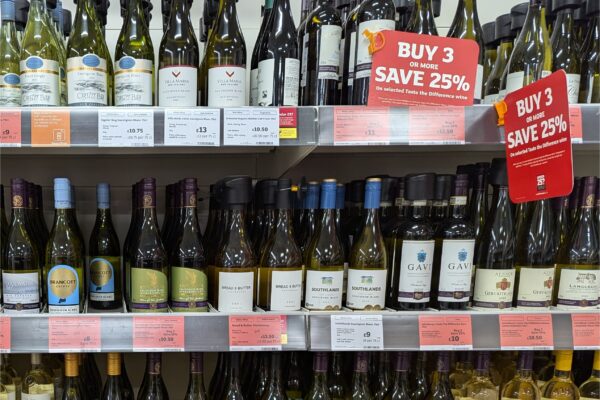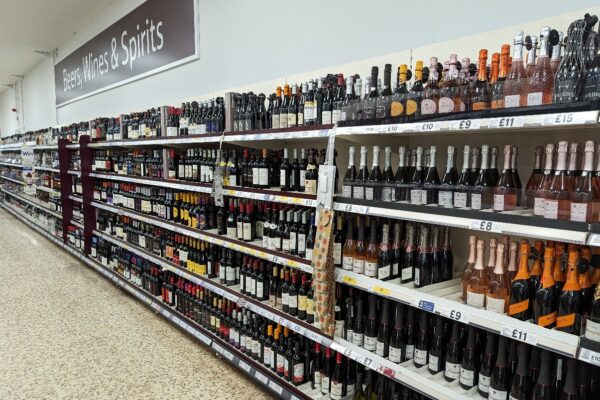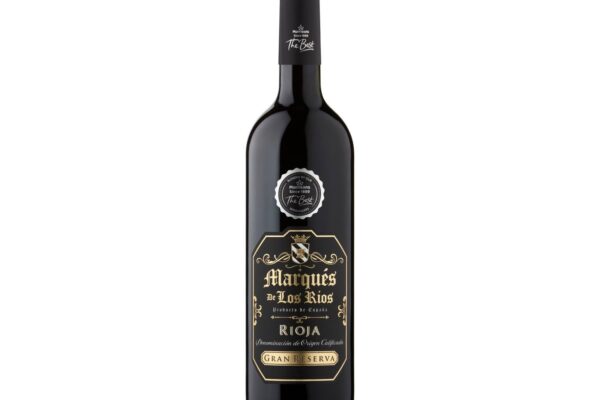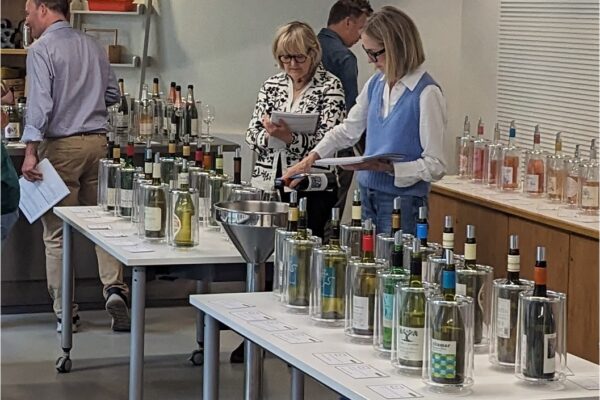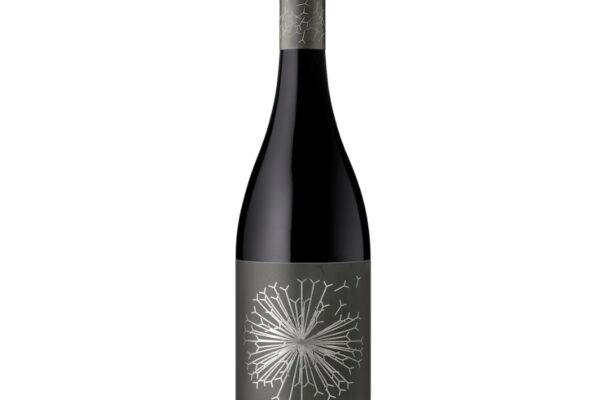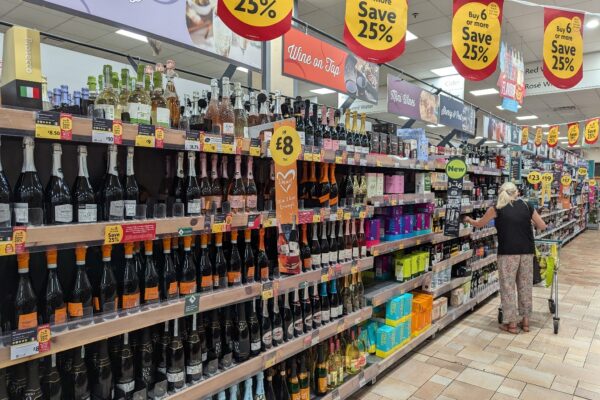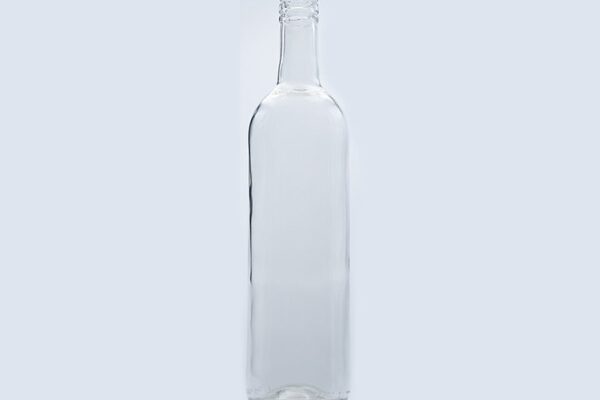
A recent article from SevenFifty Daily, written by Alex Russan, looks intothe complex topic of reductive aromas in wine, a subject that has polarised opinions in the wine industry. Reduction, chemically the opposite of oxidation, refers to the presence of volatile sulphur compounds (VSCs) in wine, often resulting from limited oxygen exposure. These compounds, which include hydrogen sulphide and mercaptans, can impart a range of aromas from unpleasant (like rotten eggs) to desirable (such as earthiness or truffles).
The article explores how these aromas are influenced by various factors in viticulture and vinification. For instance, yeast metabolism during fermentation plays a significant role, particularly when grape must has low yeast assimilable nitrogen (YAN). Soil nutrient levels, vine stress, and fermentation practices, such as temperature control and oxygen exposure, also significantly impact the formation of reductive aromas.
Winemakers have different approaches to managing these aromas, with some seeing them as faults to be eradicated, while others view them as a desirable characteristic that can enhance a wine’s complexity and longevity. The article discusses techniques like aeration and the use of copper to mitigate unwanted VSCs, but also points out the risks associated with these methods.






